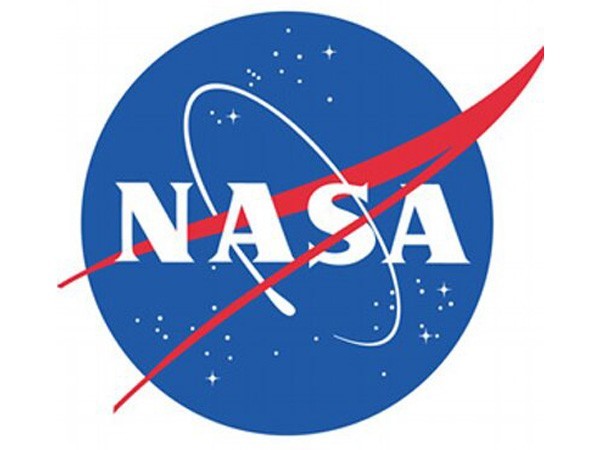Science News Roundup: NASA scores Wright Brothers moment with first helicopter flight on Mars; Robots to fan out across world's oceans to monitor their health and more
Officials at the U.S. space agency hailed the brief flight of the 4-pound (1.8-kg) rotorcraft as an achievement that would help pave the way for a new mode of aerial exploration on Mars and other destinations in the solar system, such as Venus and Saturn's moon Titan. China plans $3 billion supercomputing centre to analyse data from space China's southern space port of Wenchang will build a $3 billion supercomputing centre by year-end to analyse data obtained from space, according to state media on Tuesday.

Following is a summary of current science news briefs.
Remdesivir appears safe for seriously ill children; patients may not pose highest risk to hospital staff
The following is a roundup of some of the latest scientific studies on the novel coronavirus and efforts to find treatments and vaccines for COVID-19, the illness caused by the virus. Antiviral remdesivir appears safe for children
Russia plans to launch own space station after quitting ISS
Russia is ready to start building its own space station with the aim of launching it into orbit by 2030 if President Vladimir Putin gives the go-ahead, the head of its Roscosmos space agency said on Wednesday. The project would mark a new chapter for Russian space exploration and an end to more than two decades of close cooperation with the United States aboard the ageing International Space Station (ISS).
Australian academics enlist amateur scientists to study microplastics
Equipped with just a pan and sieve, a group of amateur scientists comb the beach looking for tiny bits of plastic that are near invisible to the naked eye but belie their threat. "There's evidence that we are breathing it, ingesting it in our foods. There's lots of studies showing it's in our water, it's in our food products," said Scott Wilson, research director of the Australian Microplastic Assessment Project (AUSMAP).
Robots to fan out across world's oceans to monitor their health
After years studying the icy waters of the Southern Ocean with floating robotic monitors, a consortium of oceanographers and other researchers is deploying them across the planet, from the north Pacific to the Indian Ocean. The project known as the Global Ocean Biogeochemistry Array, or GO-BGC, started in March with the launch of the first of 500 new floating robotic monitors containing computers, hydraulics, batteries and an array of sensors scientists say will relay a more comprehensive picture of the ocean and its health.
NASA scores Wright Brothers moment with first helicopter flight on Mars
NASA scored a 21st-century Wright Brothers moment on Monday as it sent its miniature robot helicopter Ingenuity buzzing above the surface of Mars for nearly 40 seconds, marking the first powered controlled flight of an aircraft on another planet. Officials at the U.S. space agency hailed the brief flight of the 4-pound (1.8-kg) rotorcraft as an achievement that would help pave the way for a new mode of aerial exploration on Mars and other destinations in the solar system, such as Venus and Saturn's moon Titan.
China plans $3 billion supercomputing centre to analyse data from space
China's southern space port of Wenchang will build a $3 billion supercomputing centre by year-end to analyse data obtained from space, according to state media on Tuesday. With a planned investment of 20 billion yuan ($3.1 billion), the supercomputing centre will provide big data services for industries including the aerospace and marine sectors starting in 2022, state-backed Hainan Daily said.
Keeping up with T. Rex was easy, Dutch researchers say
Unlike its popular movie incarnations, Tyrannosaurus rex - the giant meat-eating dinosaur from the Cretaceous period - walked slower than previously thought, most likely ambling around at human walking speed, new Dutch research found. Working with a 3-dimensional computer model of "Trix", a female T. rex skeleton at the Dutch Naturalis museum, researcher Pasha van Bijlert added computer reconstructions of muscles and ligaments to find that it's likely that the dinosaur's preferred speed was 4.61 kms (2.86 miles) an hour, close to the walking pace of humans and horses.
EU should make better use of its space assets, auditors say
The European Union has not done enough to capitalise on its 18 billion euro ($21.6 billion) space programmes, including its Galileo satellite positioning system and Copernicus observation satellites, EU auditors said on Wednesday. The European Court of Auditors (ECA) found that the EU had failed to spell out the societal and economic benefits of its space programmes, or set clear targets or timeframes to achieve those benefits.
(With inputs from agencies.)










